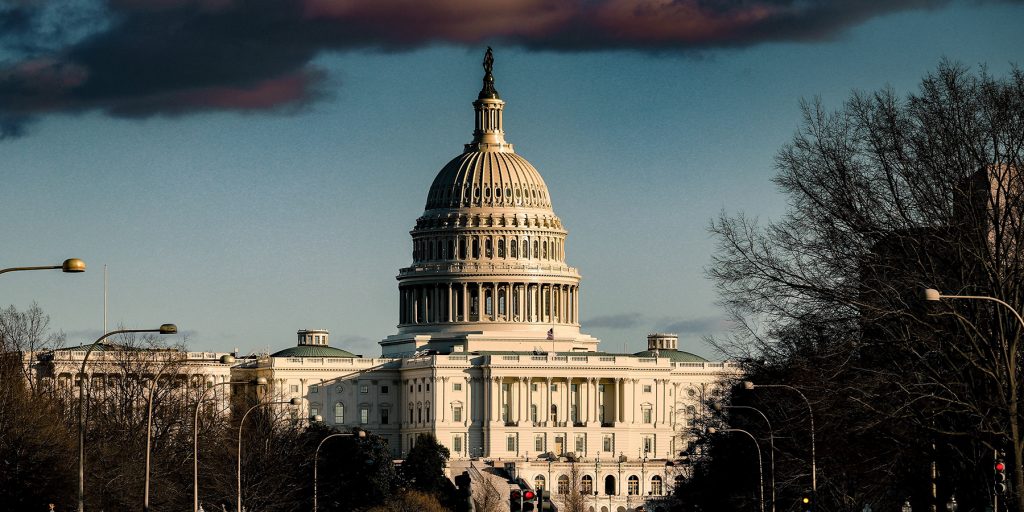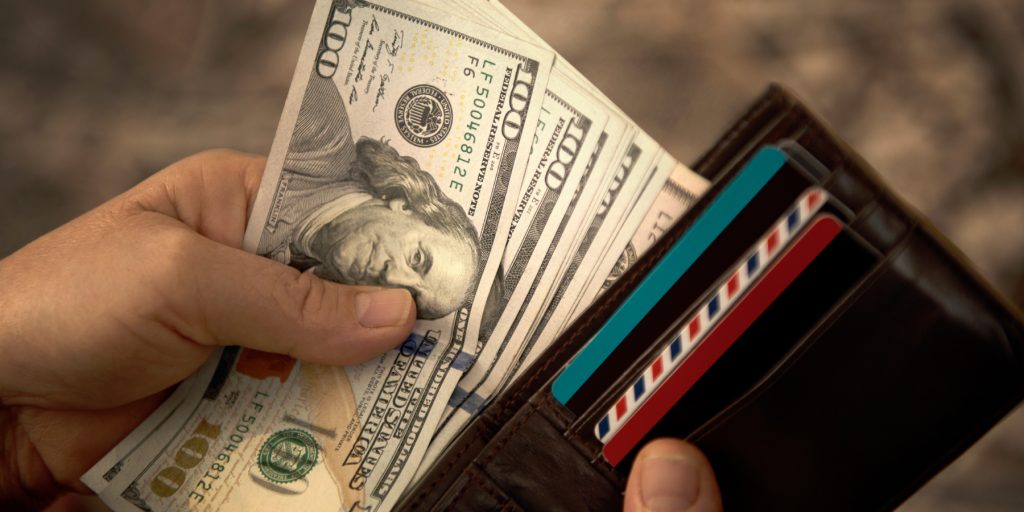Secure Act 2.0: Changes Retirees Should Know About
New legislation that impacts retirement plans and accounts is an infrequent occurrence. When new features or enhancements become available, it is a rare opportunity for savers and investors.
Retirement savings
Some of the past retirement plans, or retirement savings acts, that have been signed into law include the Employee Retirement Income Security Act of 1974 (ERISA), the Revenue Act of 1978, the Tax Equity and Fiscal Responsibility Act of 1982, the Retirement Equity Act of 1984, the Tax Reform Act (TRA) of 1984 and TRA of 1986 and the Economic Growth and Tax Relief Reconciliation Act (EGTRRA) of 2001.
The newest law impacting retirement savings is the Secure Act 2.0. It was signed into law on December 29, 2022. It supplements legislation that created the original SECURE Act, passed in 2019, to enhance retirement savings.
Retirement plans
The Secure Act 2.0 is a major piece of legislation that has been signed into law in the US, aiming to improve retirement savings for individuals and families. This new law builds upon the original Secure Act from 2019, with some significant changes that are intended to bolster retirement savings.
It includes provisions allowing penalty-free withdrawals of up to $5,000 for parents or guardians of children born or adopted in 2021, as well as allowing part-time workers to access employer-sponsored retirement plans after they have worked at least 500 hours in three consecutive years. Additionally, it eliminates the maximum age of 70 1/2 for required minimum distributions and raises the current contribution cap on IRAs and other qualified workplace retirement accounts from $19,500 to $26,000.
By raising contribution limits on IRAs and other qualified workplace retirement accounts, individuals can save more of their earnings each year, helping them secure better financial stability during their later years. The Secure Act 2.0 is an important step towards providing Americans with a greater ability to adequately prepare themselves financially for their later years.
Secure 1.0

The Secure Act 1.0 is derived from the acronym, the “Setting Every Community Up for Retirement Enhancement” Act of 2019. That law not only allowed for delaying required minimum distributions but also allowed companies ways to reduce the costs associated with establishing and maintaining a retirement plan.
The Act took aim at some problems that have always plagued retirement planning and employers. The rate of participation in employer-sponsored plans is only 55 percent, according to data from the U.S. Bureau of Labor Statistics. Of those who do participate, the savings rate is not sufficient to fund a meaningful retirement.
Under the provisions of the Secure Act, the cap for employers to automatically enroll new employees in a “safe-harbor” 401k plan increases from 10 percent to 15 percent of wages. The bill also provides for a tax credit for employers who create a 401k or SIMPLE IRA plan with automatic enrollment.
The new bill also requires those inheriting IRA account balances, who are non-spouses, to take a full payout of the balance within 10 years of the death of the original account holder. That money is taxable.
Secure 2.0

The government usually wants to get its hands on tax revenues expeditiously, but the Secure 2.0 will allow deferring the required minimum distribution (RMD) age from 72 to 73 starting in 2023. The age is moved to 75 by 2033.
The RMD is an amount that the IRS requires be distributed from a traditional employer-sponsored retirement plan or IRA. By delaying this amount, taxes can be pushed back to a later age, recognizing the greater life expectancies for seniors today. The Secure act 1.0 had already increased the RMD age from 70 ½ to 72.
Catch-up contributions

Catch-up contributions are an important tool that can help older employees save more for retirement. It allows individuals aged 50 and over to contribute more to their retirement plans than the standard limit that is typically imposed. This extra money can make a big difference for those who are close to retiring, or who have delayed saving for their retirement. Catch-up contributions are generally limited to 401(k) plans and similar types of defined contribution plans.
The Secure Act 2.0 will give those aged 50 or older greater flexibility in their retirement savings by raising the annual catch-up contribution limit to $10,000 for participants between ages 62 and 64 beginning in 2023. Furthermore, this higher limit is indexed to inflation so that it keeps up with cost of living increases over time.
These changes provide more flexibility and opportunities for individuals to build their nest eggs and plan for retirement without worrying about taxes or penalties imposed by federal regulations. The new law should also encourage small businesses to provide employees with more options when it comes to saving for their future retirements. This can greatly boost the allure of working for small businesses.
There has always been a very steep penalty for failure to take out the required distribution amount. As part of Secure 2.0, that penalty is decreased from its current 50 percent to 25 percent, beginning in 2023, and in some cases for IRA owners, down to 10 percent.
Emergency savings account

The Act also provides the ability for an employer to add an “emergency savings account” to a retirement plan for non-highly compensated workers. Beginning in 2023, the contributions to these accounts would be treated like Roth accounts contributions, meaning they would be after-tax. The amount could be taken as cash when the employee leaves employment or rolled into a Roth IRA or Roth 401k. Secure 2.0 should make it easier for qualified longevity annuity contracts (QLAC) to return in spring 2023.
Furthermore, it eliminates Required Minimum Distributions (RMD) requirements for workplace-based Roth and Roth IRAs starting in 2024. With this alteration, Roth 401(k)s now benefit from the same tax-advantaged requirements when it comes to RMDs as their IRA counterpart.
There are dozens of other provisions that are a part of Secure 2.0, which attempt to make saving for employees easier, increase the incentives to save, and make the initialization and administration of a retirement plan easier and less expensive for employers.
Highlights of provisions Secure 2.0 will affect:
- Retirement benefits/ retirement savings plans/ retirement plan contributions
- Workplace retirement plans/ employer matching contributions
- Auto-enrollment
- Student loan payments/student loan borrowers
- Charitable remainder annuity trust/charitable gift annuity
- Traditional IRA contributions/Roth accounts IRA
- Limits for qualified longevity annuity contracts (QLACs)
- Qualified charitable distributions (QCDs)
- Penalty-free withdrawals
Everyone’s situation is different if you have questions about how Secure 2.0 could affect your retirement saving plans then contact a financial advisor.
Ready to talk? Click here to set up your free, no-obligation appointment.


